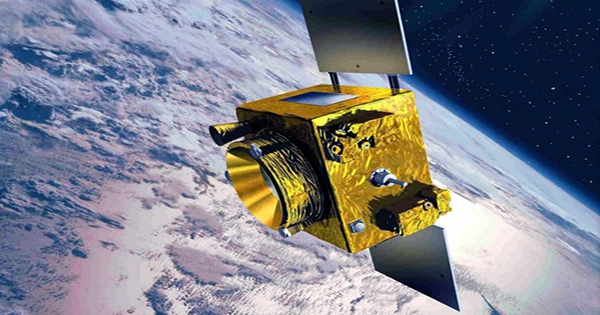The MICROSCOPE mission, created by CNES and launched into low-Earth orbit in 2016, had the aim of putting to the test the idea that all objects fall equally in a vacuum.
The mission’s goal, according to Thibault Damour, an IHES permanent professor and member of the MICROSCOPE science working group, was to compare the free fall of various materials while in orbit around the planet.
“The primary experiment involved comparing two cylinders constructed of titanium and platinum. For the accuracy of the measurement test, a parallel set of two platinum cylindrical test masses was used “Ad Damour.
“The test masses of platinum and titanium were discovered to fall in the gravitational field of the earth at an unprecedented accuracy (of 10 to the power -15) after analysing two years’ worth of data,” he continued.
Damour claims that in order to construct the theory of general relativity, Einstein employed the feature of equivalence between inertial forces and gravitational field as a guiding principle.
Despite the MICROSCOPE experiment’s confirmation of the equivalence principle, Damour continued, it will be crucial to conduct additional tests “because detecting a violation at a very small level would be a new, fundamental discovery in physics.”
















